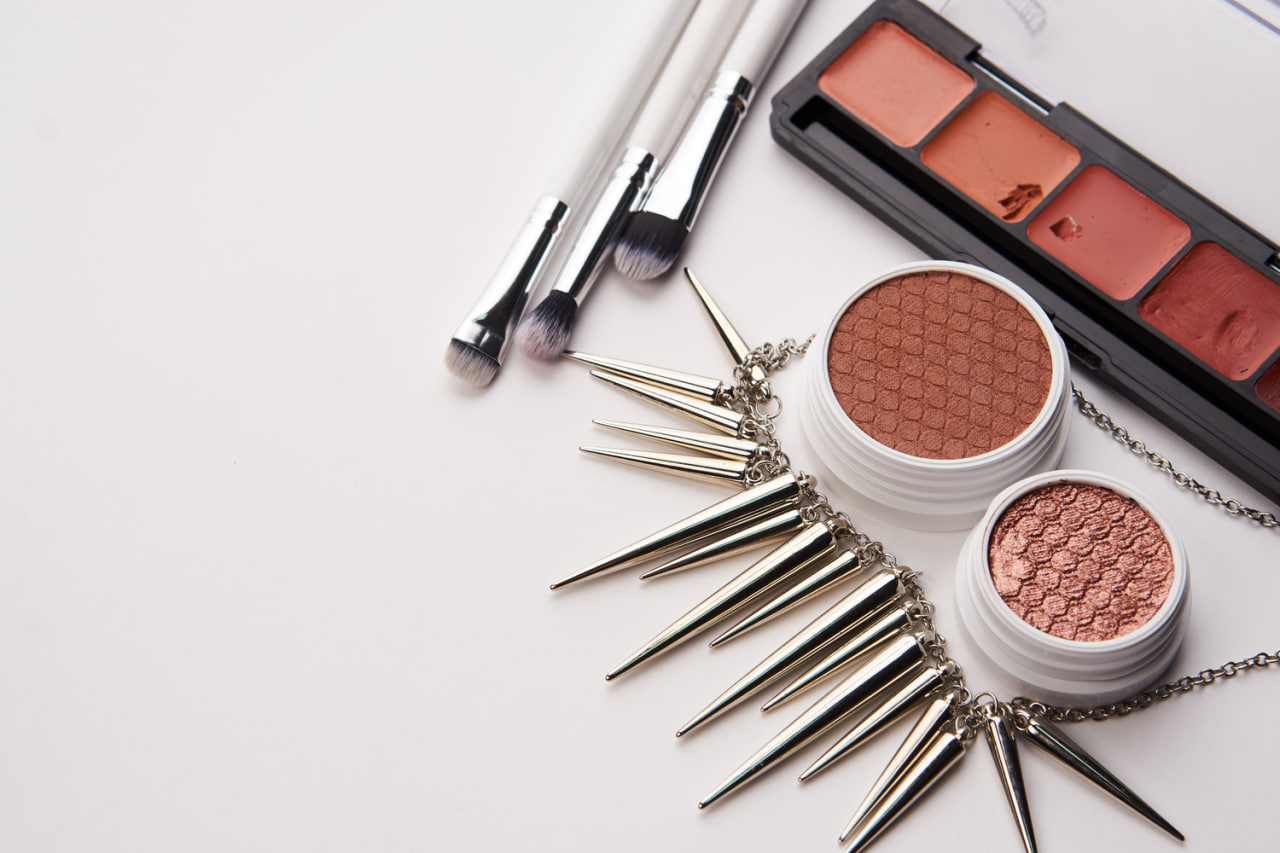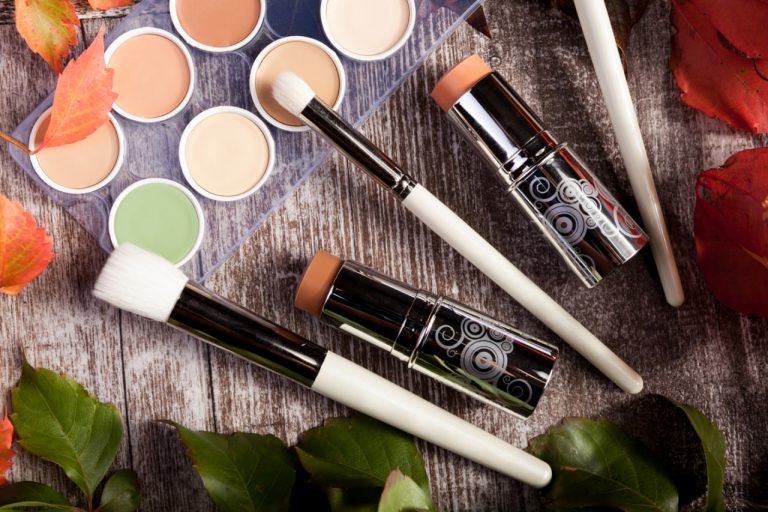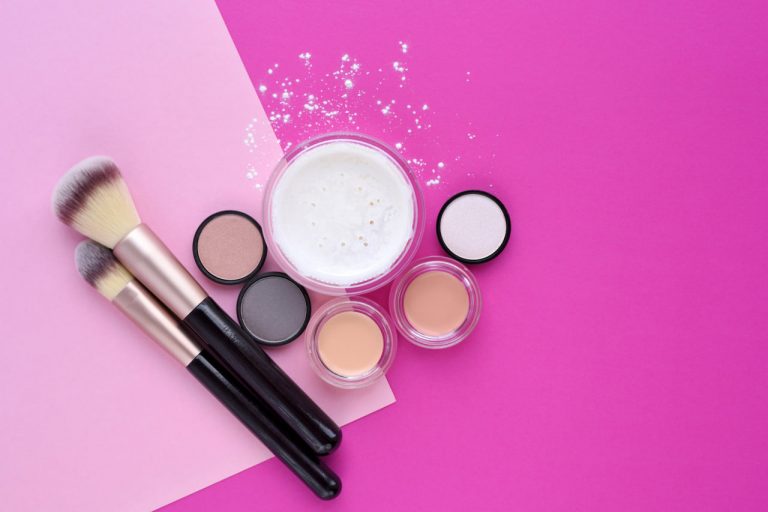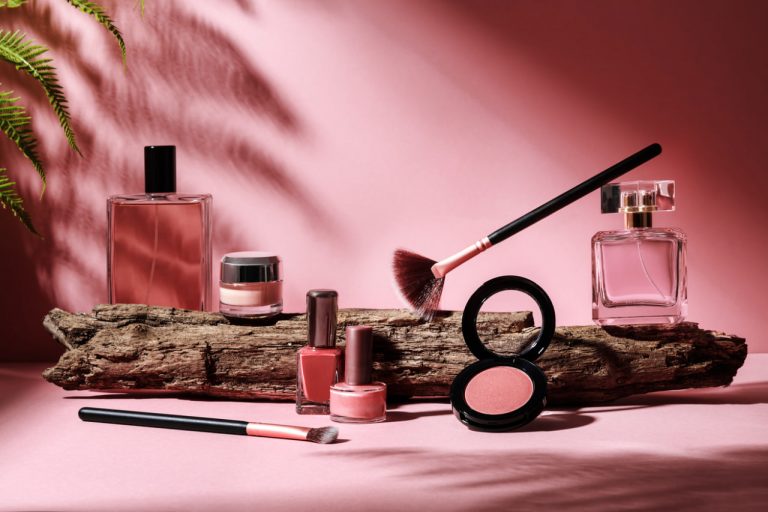Sustainable Beauty: How to Create Eco-Friendly Cosmetics at Home
In today’s world, sustainability is more than a trend—it’s a responsibility. Many consumers are becoming…
In today’s world, sustainability is more than a trend—it’s a responsibility. Many consumers are becoming increasingly aware of the environmental impact of conventional beauty products, from plastic packaging to chemical-laden formulas. Creating eco-friendly cosmetics at home allows you to take control of what goes into your products while minimizing waste and supporting sustainable practices. With careful ingredient selection and mindful production methods, homemade cosmetics can be both effective and environmentally responsible.
Choosing Sustainable Ingredients
The foundation of eco-friendly beauty is using ingredients that are natural, biodegradable, and responsibly sourced.
- Plant-Based Oils and Butters: Coconut oil, shea butter, and jojoba oil provide nourishment without relying on synthetic chemicals. Sourcing organic or fair-trade versions further supports sustainability.
- Natural Pigments: Use mica, iron oxides, or powdered clays instead of synthetic dyes, which can contribute to pollution. Always ensure pigments are cosmetic-grade to maintain safety.
- Eco-Friendly Preservatives: For water-containing products, consider natural preservatives like rosemary extract or vitamin E oil. Short-term storage in small batches can reduce the need for synthetic preservatives.
- Reusable and Minimal Packaging: Glass jars, metal tins, or biodegradable containers help reduce plastic waste. Whenever possible, reuse packaging from previous products.
Minimizing Waste in Production
Making cosmetics at home allows you to control not only ingredients but also the production process, reducing environmental impact. Measure ingredients carefully to avoid overproduction, and repurpose leftover materials for new formulations. For example, leftover wax from lipstick making can be combined with oils to create lip balm, and excess face mask mix can be refrigerated for later use.
Eco-Friendly Makeup Recipes
Lip Balm with Natural Waxes
Combine equal parts beeswax and coconut oil with a small amount of shea butter. Melt gently and mix with cosmetic-grade mica for color. Pour into reusable metal tins and let cool. This lip balm is long-lasting, nourishing, and packaged without single-use plastics.
Powder Eyeshadow from Clays and Pigments
Mix kaolin clay with a natural pigment like iron oxide or mica. Add a small pinch of arrowroot powder for smooth application. Store in a small glass jar with a reusable applicator. This simple recipe avoids the synthetic dyes and fillers commonly found in commercial powders.
Cream Blush with Plant-Based Oils
Combine shea butter, jojoba oil, and natural pigment for a creamy blush. Adjust oil-to-butter ratio for texture preference. Store in a glass container with a metal lid for easy reuse and minimal waste.
Sustainable Skincare Practices
Eco-friendly beauty extends beyond makeup. Homemade skincare can also reduce environmental impact:
- Use kitchen ingredients like oatmeal, honey, and aloe vera for masks and moisturizers.
- Avoid disposable applicators; instead, use reusable spatulas, brushes, or clean fingers.
- Make small batches to minimize food and ingredient waste.
Benefits of Eco-Friendly DIY Cosmetics
Creating sustainable cosmetics at home not only reduces your environmental footprint but also offers several personal benefits:
- Transparency: You know exactly what goes into your products.
- Customization: Tailor formulations to your skin type and preferences.
- Cost-Effectiveness: Reusable containers and simple ingredients can save money.
- Empowerment: Making your own products fosters creativity and self-reliance.
The Importance of Education and Awareness
Sustainable beauty is a mindset as much as a practice. Educate yourself about ingredient sourcing, environmental impact, and safe DIY methods. Stay informed about which materials are biodegradable and which may contribute to microplastic pollution or chemical contamination. Sharing your knowledge and creations can also inspire friends and family to adopt more eco-conscious beauty habits.




